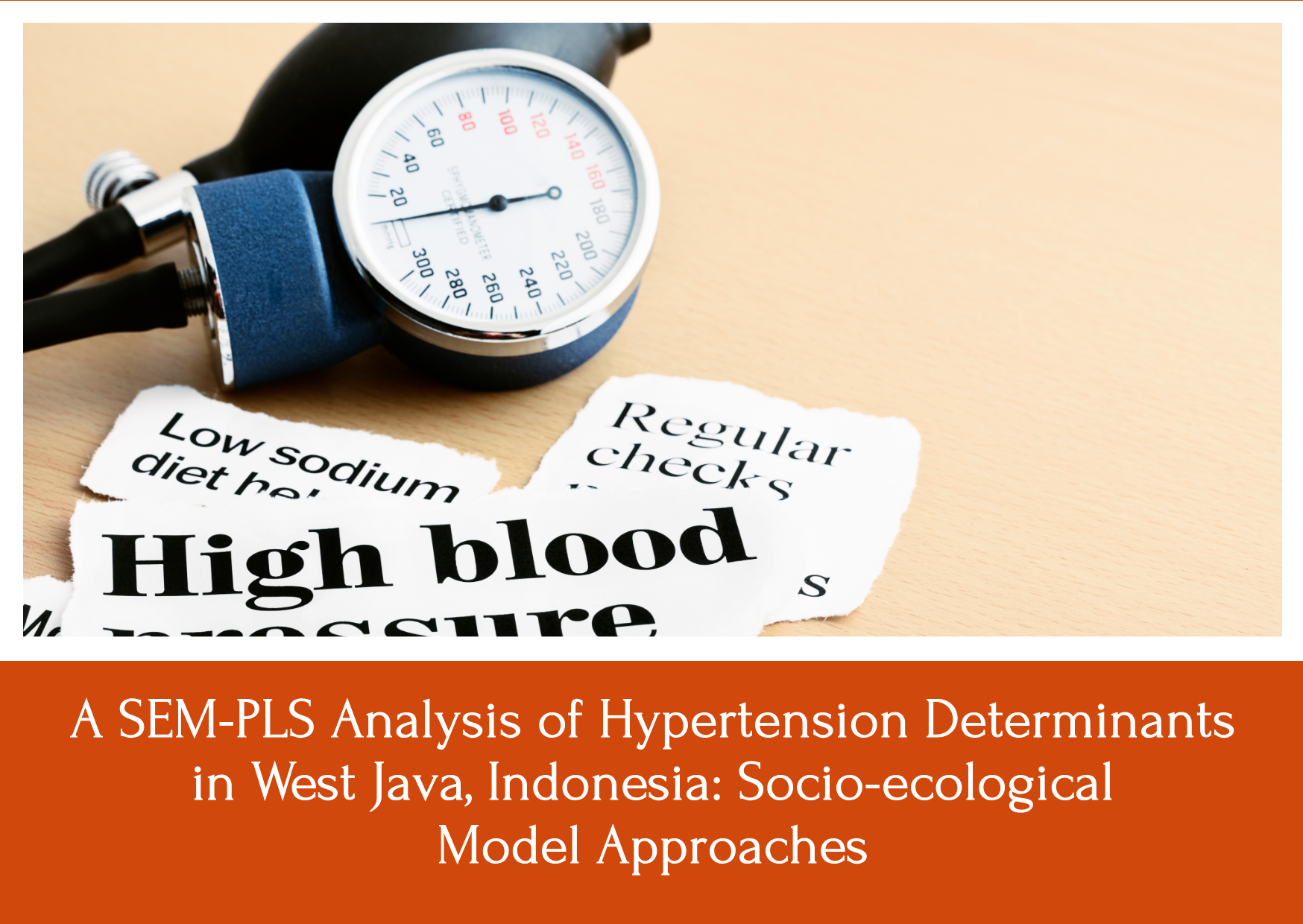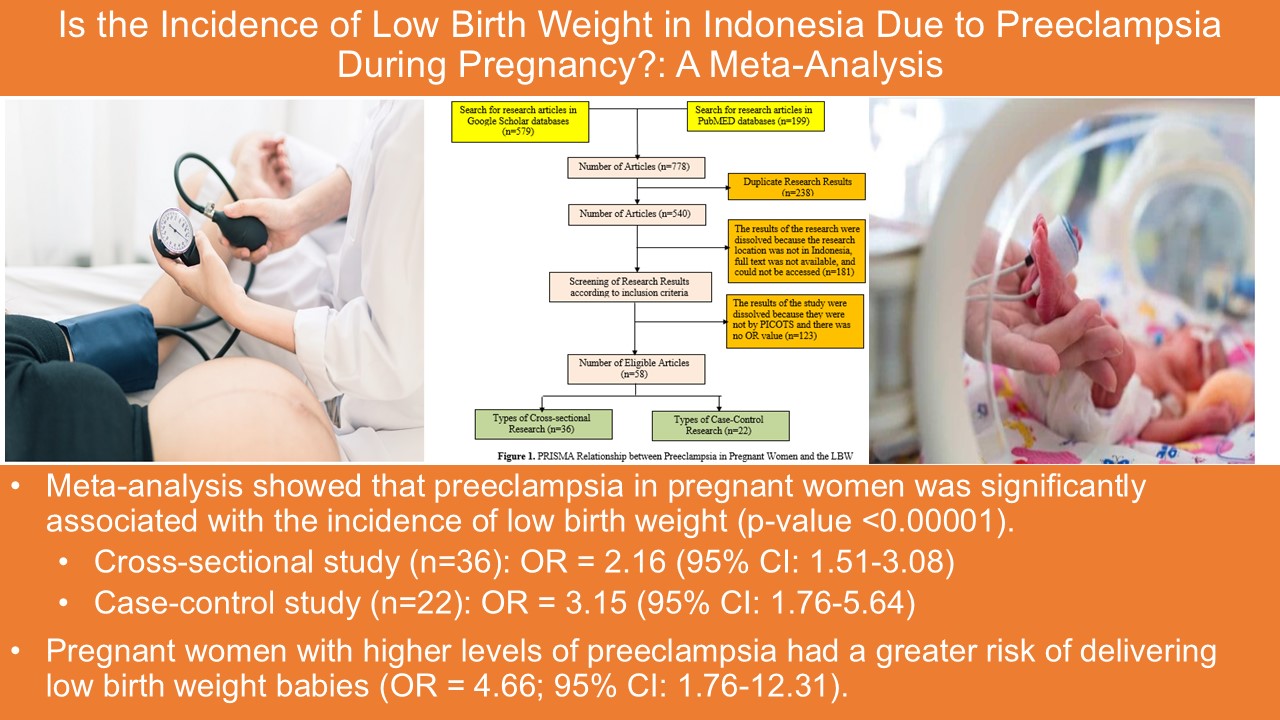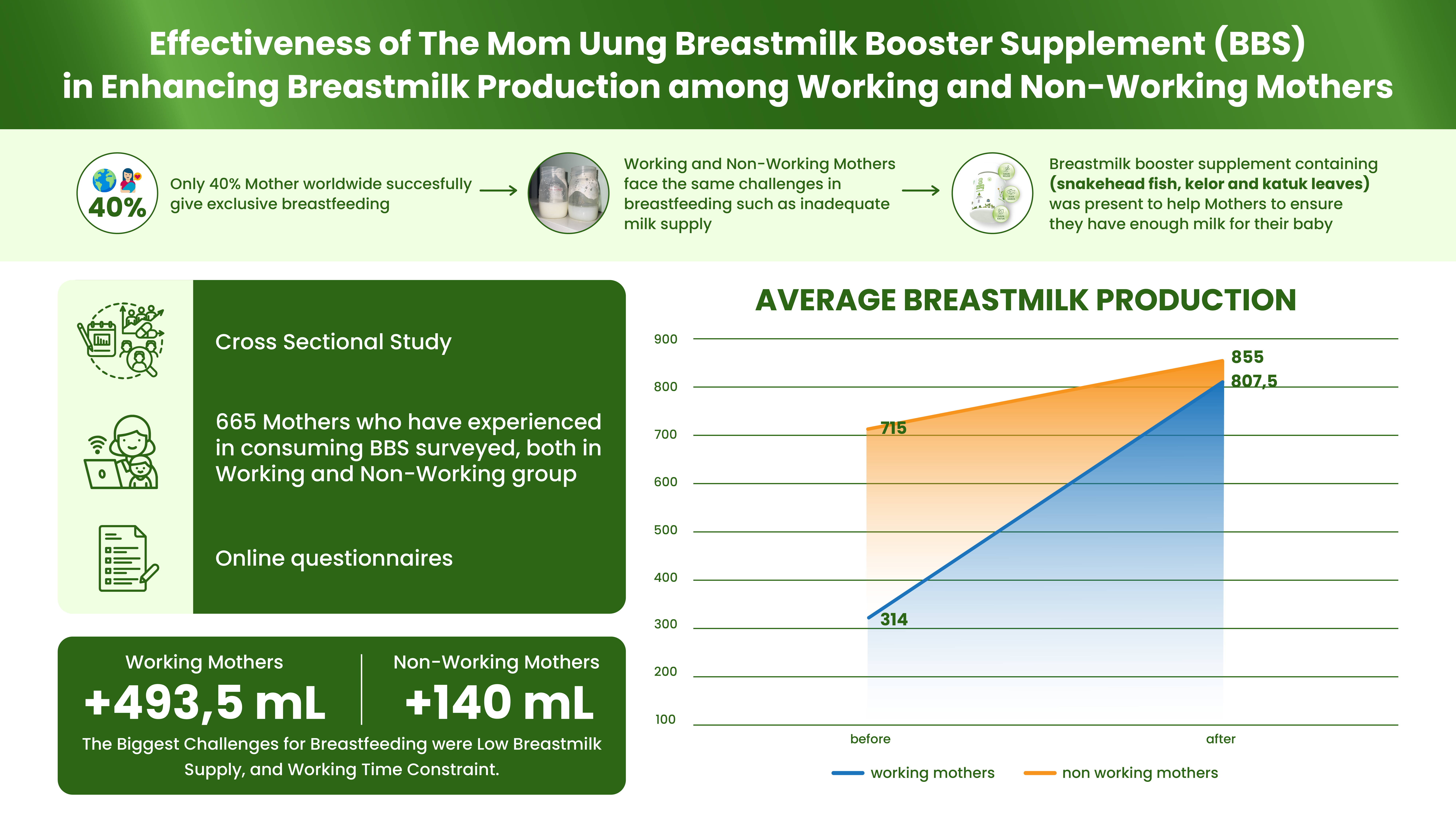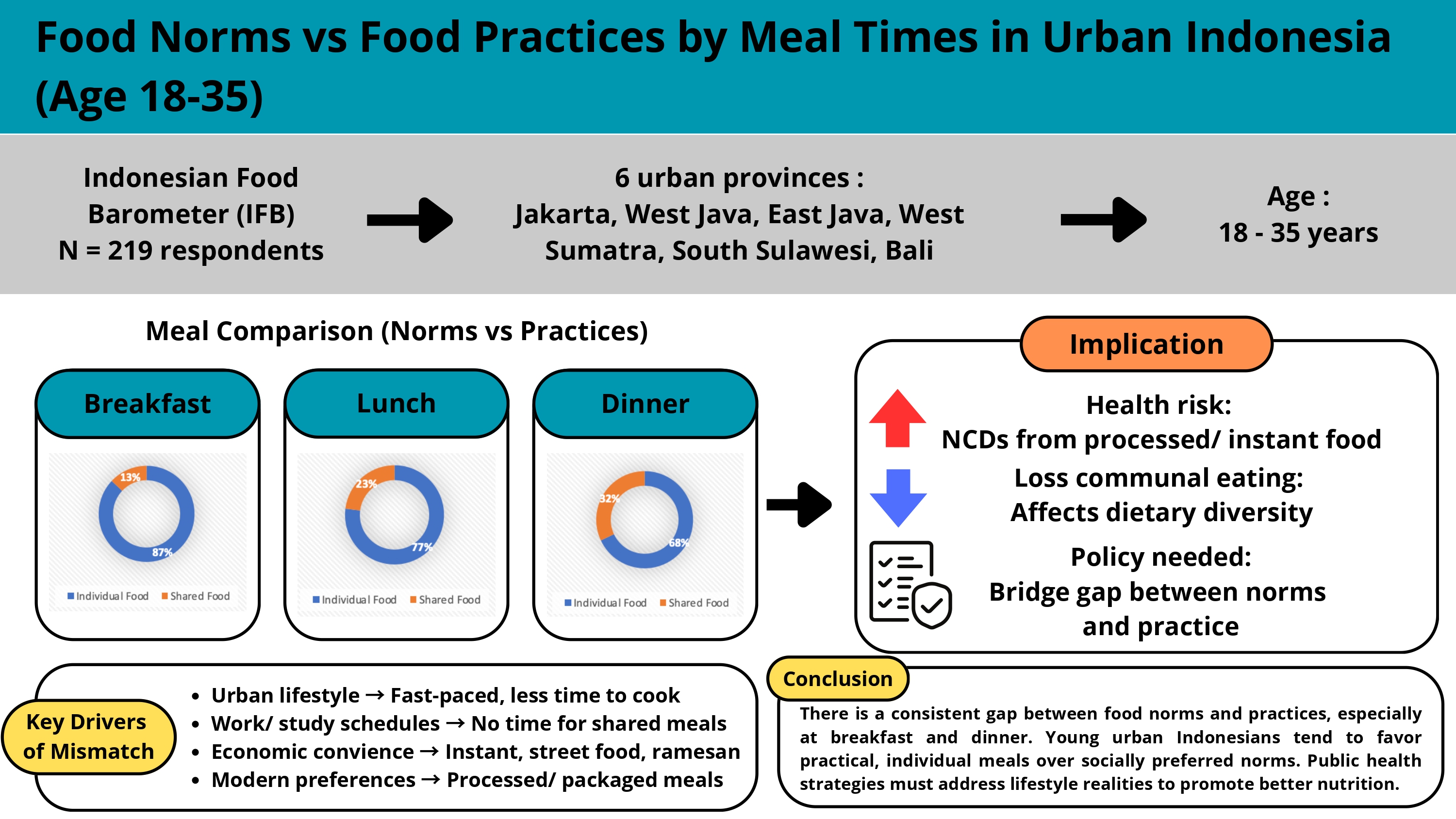A SEM-PLS ANALYSIS OF HYPERTENSION DETERMINANTS IN WEST JAVA, INDONESIA: SOCIO-ECOLOGICAL MODEL APPROACHES

Downloads
The second national highest prevalence of hypertension in 2018 was West Java, with a prevalence rate of 39.6%. The high prevalence of hypertension is driven by the interaction of multiple determinants, including consumption pattern (food intake and tobacco use), environmental status (primary health services and infrastructure) and socioeconomic status. The study aims to analyze the determinants of hypertension using socio-ecological approaches in West Java. The research design was an ecological study, using secondary data for 2019-2020 covering 26 districts or regencies in West Java. The total unit analysis was 52, regarding two years data analysis used. Analysis of data was performed using the partial least squares structural equation modeling (PLS-SEM) approach with bootstrap estimation. The result shows that all indicators of consumption pattern and primary health services and infrastructure variables are significant in forming a model. Findings also show that consumption patterns (intake of protein (meat, milk and eggs), sodium in spices, tobacco use (cigarettes)) and primary health services and infrastructure also directly affect hypertension, with coefficient value of 1.142 and 0.401, respectively. Socioeconomic status also indirectly affects hypertension through consumption variable and primary health service infrastructure variable. The SEM-PLS model built strongly represents the determinants of hypertension in West Java, Indonesia based on the socio-ecological model Approaches (goodness-of fit value= 0.67). Strengthening food resources management and nutrition policies, including reducing sodium intake, and controlling tobacco use can lower risks, while improving healthcare access, infrastructure, and clean water supports hypertension prevention in West Java.
Abba, M. S., Nduka, C. U., Anjorin, S., Mohamed, S. F., Agogo, E., & Uthman, O. A. (2021). Influence of contextual socioeconomic position on hypertension risk in low- and middle-income countries: disentangling context from composition. BMC Public Health, 21(1), 1–13. https://doi.org/10.1186/s12889-021-12238-x
Akseer, N., Mehta, S., Wigle, J., Chera, R., Brickman, Z. J., Al-Gashm, S., Sorichetti, B., Vandermorris, A., Hipgrave, D. B., Schwalbe, N., & Bhutta, Z. A. (2020). Non-communicable diseases among adolescents: current status, determinants, interventions and policies. BMC Public Health, 20(1), 1–20. https://doi.org/10.1186/s12889-020-09988-5
Andarwulan, N., Madanijah, S., Briawan, D., Anwar, K., Bararah, A., Saraswati, & Średnicka-Tober, D. (2021). Food consumption pattern and the intake of sugar, salt, and fat in the South Jakarta City—Indonesia. Nutrients, 13(4), 1–19. https://doi.org/10.3390/nu13041289
Basner, M., Riggs, D. W., & Conklin, D. J. (2020). Environmental determinants of hypertension and diabetes mellitus: Sounding off about the effects of noise. Journal of the American Heart Association, 9(6), 1–3. https://doi.org/10.1161/JAHA.120.016048
Chen, S. W., Ji, G. Y., Jiang, Q., Wang, P., Huang, R., Ma, W. J., Chen, Z. H., & Peng, J. W. (2019). Association between dietary acid load and the risk of hypertension among adults from South China: Result from nutrition and health survey (2015-2017). BMC Public Health, 19(1), 1–8. https://doi.org/10.1186/s12889-019-7985-5
Chiu, H. F., Venkatakrishnan, K., Golovinskaia, O., & Wang, C. K. (2021). Impact of micronutrients on hypertension: Evidence from clinical trials with a special focus on meta-analysis. Nutrients, 13(2), 1–19. https://doi.org/10.3390/nu13020588
Coelho-Júnior, H. J., Calvani, R., Picca, A., Tosato, M., Savera, G., Landi, F., & Marzetti, E. (2023). Protein Intake is associated with blood pressure and cholesterol levels in Italian older adults: a cross-sectional study. Metabolites, 35(11), 2613–2621. https://doi.org/https://doi.org/10.3390/metabo13030431
Dahlberg, L.L., & Krug, E.G. (2002). The Social-Ecological Model: A Framework for Prevention. In L.L. Dahlberg (Ed.), Violence: A Global Public Health Problem, pp,1–21.
Edeh, E., Lo, W.-J., & Khojasteh, J. (2023). Review of Partial Least Squares Structural Equation Modeling (PLS-SEM) Using R: A Workbook. Structural Equation Modeling: A Multidisciplinary Journal, 30(1). https://doi.org/10.1080/10705511.2022.2108813
Elfadil, G. A., Elfaki, E. M., Madani, S. O., Abdalhabib, E. K., & Elmugadam, A. (2020). High-Sensitive C-reactive Protein and Atherogenic Lipid Levels in a Group of University Students with Habitual Smoking. Biomedical and Pharmacology Journal, 13(3), 1489–1494. https://doi.org/10.13005/bpj/2022
Guastadisegni, C., Donfrancesco, C., Palmieri, L., Grioni, S., Krogh, V., Vanuzzo, D., Strazzullo, P., Vannucchi, S., Onder, G., & Giampaoli, S. (2020). Nutrients intake in individuals with hypertension, dyslipidemia, and diabetes: An Italian survey. Nutrients, 12(4), 1–11. https://doi.org/10.3390/nu12040923
Hair, J. F., Matthews, L., Matthews, R., Sarstedt, M. (2017). PLS-SEM or CB-SEM: updated guidelines on which method to use. International Journal of Multivariate Data Analysis, 1(2), 107. 10.1504/IJMDA.2017.087624
Hair, J.F., Hult, G. T. M., Ringle, C. M., Sarstedt, M. (2021). A Primer on Partial Least Square Structural Equation Modeling (PLS-SEM). SAGE.
Herlina, V. T., Lioe, H. N., Kusumaningrum, H. D., & Adawiyah, D. R. (2022). Nutritional composition of tauco as Indonesian fermented soybean paste. Journal of Ethnic Foods, 9(1). https://doi.org/10.1186/s42779-022-00159-y
Ito, T., Mori, T., Takahashi, H., Shimafuji, N., Iijima, K., Yoshie, S., & Tamiya, N. (2021). Prevention services via public long-term care insurance can be effective among a specific group of older adults in Japan. BMC Health Services Research, 21(1), 1–10. https://doi.org/10.1186/s12913-021-06495-0
Kuriakose, D., & Xiao, Z. (2023a). Pathophysiology and Treatment of Stroke: Present Status and Future Perspectives. International Journal of Molecular Sciences, 24(19). https://doi.org/10.3390/ijms241914848
Kuriakose, D., & Xiao, Z. (2023b). Pathophysiology and Treatment of Stroke: Present Status and Future Perspectives. International Journal of Molecular Sciences, 24(19). https://doi.org/10.3390/ijms241914848
Lucia, S. S., Yetiani, N., Suwarni, L., Rusmitasari, H., Maretalinia, M., & Suyitno, S. (2022). The determinants of adolescent smokers in Indonesia. International Journal of Public Health Science, 11(3), 808–814. https://doi.org/10.11591/ijphs.v11i3.21510
Mahwati, Y., Nurrika, D., & Latief, K. (2022). The Determinants of Undiagnosed Hypertension Among Indonesian Adults: A Cross-sectional Study Based on the 2014-2015 Indonesia Family Life Survey. Journal of Preventive Medicine and Public Health, 55(1), 60–67. https://doi.org/10.3961/JPMPH.21.500
Manisalidis, I., Stavropoulou, E., Stavropoulos, A., & Bezirtzoglou, E. (2020). Environmental and Health Impacts of Air Pollution: A Review. Frontiers in Public Health, 8(February), 1–13. https://doi.org/10.3389/fpubh.2020.00014
Ministry of Health. (2018). Laporan Provinsi Jawa Barat, Riskesdas 2018. Lembaga Penerbit Badan Penelitian dan Pengembangan Kesehatan.
Moradinazar, M., Pasdar, Y., Najafi, F., Shahsavari, S., Shakiba, E., Hamzeh, B., & Fakhri, N. (2020a). Association between dyslipidemia and blood lipids concentration with smoking habits in the Kurdish population of Iran. BMC Public Health, 20(1), 1–10. https://doi.org/10.1186/s12889-020-08809-z
Moradinazar, M., Pasdar, Y., Najafi, F., Shahsavari, S., Shakiba, E., Hamzeh, B., & Fakhri, N. (2020b). Association between dyslipidemia and blood lipids concentration with smoking habits in the Kurdish population of Iran. BMC Public Health, 20(1), 1–10. https://doi.org/10.1186/s12889-020-08809-z
Münzel, T., Sørensen, M., & Daiber, A. (2021). Transportation noise pollution and cardiovascular disease. Nature Reviews Cardiology, 18(9), 619–636. https://doi.org/10.1038/s41569-021-00532-5
Pandey, B., Reba, M., Joshi, P. K., & Seto, K. C. (2020). Urbanization and food consumption in India. Scientific Reports, 10(1), 1–12. https://doi.org/10.1038/s41598-020-73313-8
Pasdar, Y., Hamzeh, B., Moradi, S., Mohammadi, E., Cheshmeh, S., Darbandi, M., Faramani, R. S., & Najafi, F. (2022). Healthy eating index 2015 and major dietary patterns in relation to incident hypertension; a prospective cohort study. BMC Public Health, 22(1), 1–11. https://doi.org/10.1186/s12889-022-13166-0
Putri, A. W., Jamil, M. D., & Ulya, L. F. (2018). Hubungan Riwayat Konsumsi Sayur Dan Buah Serta Air Minum Dengan Kejadian Hipertensi Pada Lansia Di Kabupaten Bantul. Universitas Alma Ata Yogyakarta, 4–23.
Qi, X. X., & Shen, P. (2020). Associations of dietary protein intake with all-cause, cardiovascular disease, and cancer mortality: A systematic review and meta-analysis of cohort studies. Nutrition, Metabolism and Cardiovascular Diseases, 30(7), 1094–1105. https://doi.org/10.1016/j.numecd.2020.03.008
Qin, P., Luo, X., Zeng, Y., Zhang, Y., Li, Y., Wu, Y., Han, M., Qie, R., Wu, X., Liu, D., Huang, S., Zhao, Y., Feng, Y., Yang, X., Hu, F., Sun, X., Hu, D., & Zhang, M. (2021). Long-term association of ambient air pollution and hypertension in adults and in children: A systematic review and meta-analysis. Science of the Total Environment, 796(1066), 148620. https://doi.org/10.1016/j.scitotenv.2021.148620
Rana, J., Ahmmad, Z., Sen, K. K., Bista, S., & Islam, R. M. (2020). Socioeconomic differentials in hypertension based on JNC7 and ACC/AHA 2017 guidelines mediated by body mass index: Evidence from Nepal demographic and health survey. PLoS ONE, 15(1), 1–14. https://doi.org/10.1371/journal.pone.0218767
Roberts, B., Williams, H. A., & Angell, S. (2018). Noncommunicable Diseases. In Health in Humanitarian Emergencies: Principles and Practice for Public Health and Healthcare Practitioners. https://doi.org/10.1017/9781107477261.032
Scalvedi, M. L., Gennaro, L., Saba, A., & Rossi, L. (2021). Relationship Between Nutrition Knowledge and Dietary Intake: An Assessment Among a Sample of Italian Adults. Frontiers in Nutrition, 8(September), 1–13. https://doi.org/10.3389/fnut.2021.714493
Soleimani, M., Barone, S., Luo, H., & Zahedi, K. (2023). Pathogenesis of Hypertension in Metabolic Syndrome: The Role of Fructose and Salt. International Journal of Molecular Sciences, 24(5). https://doi.org/10.3390/ijms24054294
Swatan, J. P., Sulistiawati, S., & Karimah, A. (2020). Determinants of Tobacco Smoking Addiction in Rural Indonesian Communities. Journal of Environmental and Public Health, 2020(February). https://doi.org/10.1155/2020/7654360
Widyaningsih, V., Febrinasari, R. P., Pamungkasari, E. P., Mashuri, Y. A., Sumardiyono, S., Balgis, B., Koot, J., Landsman-Dijkstra, J., Probandari, A., Postma, M., Lensink, R., Rusnák, M., Littleton, C., Krisna, A., Grimm, M., Nguyen, T. P. L., & Oanh, T. T. M. (2022). Missed opportunities in hypertension risk factors screening in Indonesia: A mixed-methods evaluation of integrated health post (POSBINDU) implementation. BMJ Open, 12(2), 1–11. https://doi.org/10.1136/bmjopen-2021-051315
Xu, X., Parker, D., Shi, Z., Byles, J., Hall, J., & Hickman, L. (2018). Dietary pattern, hypertension and cognitive function in an older population: 10-year longitudinal survey. Frontiers in Public Health, 6(July), 1–13. https://doi.org/10.3389/fpubh.2018.00201
Yanagiya, S., Nakamura, K., Ukawa, S., Tsutsumi, A., Atsumi, T., & Tamakoshi, A. (2020). Household income and the risk of incident hypertension in employees at multiple workplaces in Japan: J-HOPE. Hypertension Research, 43(12), 1445–1453. https://doi.org/10.1038/s41440-020-0517-y

This work is licensed under a Creative Commons Attribution-NonCommercial-ShareAlike 4.0 International License.
- MEDIA GIZI INDONESIA Journal is the copyright owner of all materials published on this website.
- The formal legal provisions for access to digital articles of this electronic journal are subject to the terms of the Creative Commons Attribution-NonCommercial-ShareAlike license (CC BY-NC-SA 4.0), which means that MEDIA GIZI INDONESIA Journal and readers reserve the right to save, transmit media / format, manage in database, maintain, and publish articles as long as it continues to include the name of the Author.
- Printed and published print and electronic manuscripts are open access for educational, research and library purposes. In addition to these objectives, the editorial board shall not be liable for violations of copyright law.


2.png)





















